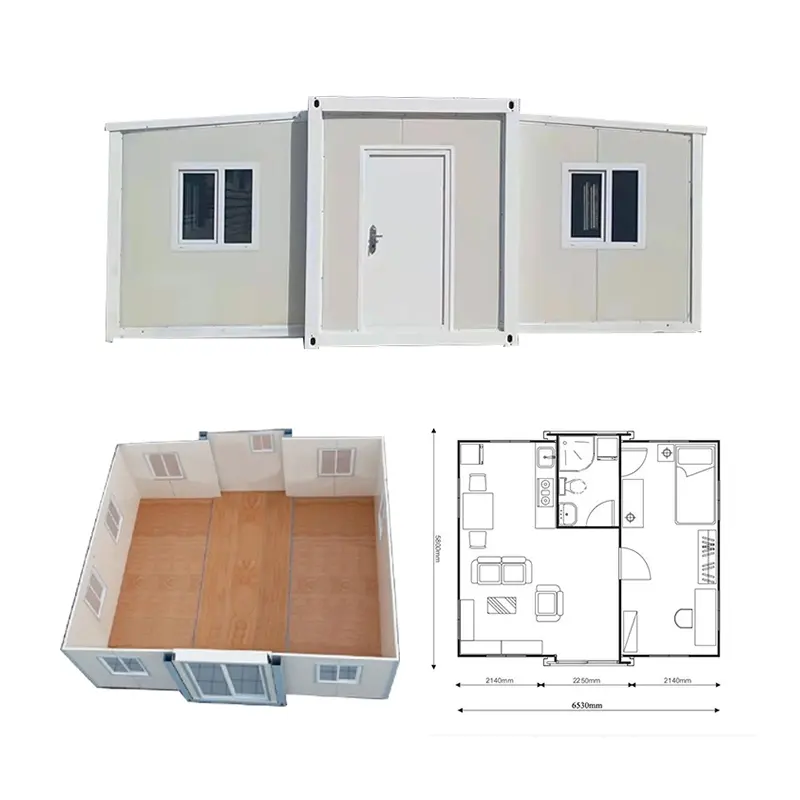Expandable Container Houses in Earthquake Situations
Earthquakes, as a destructive natural disaster, often wreak havoc on buildings and infrastructure in affected areas. To tackle this threat, expandable container houses have found extensive use in some earthquake-prone countries and regions. Below, we present a case study of how expandable container houses have been employed in earthquake scenarios.

Case Study: Emergency Housing in Nepal After the 2015 Earthquake
On April 25, 2015, Nepal experienced a powerful earthquake with a magnitude of 7.8, resulting in a significant loss of lives and leaving tens of thousands of people without homes. The earthquake instantly devastated most of the traditional brick-and-mortar houses in the area, prompting swift action from the government. and international relief organizations to provide emergency housing.
In response to this crisis, expandable container houses emerged as an ideal solution.
Here are some examples of their application during the Nepal earthquake:
- Rapid Construction and Mobility: Constructing expandable container houses swiftly within a short timeframe and easily transporting them to the required locations was feasible. This proved invaluable in emergency situations following earthquakes. As they swiftly offered shelter in disaster-stricken areas, mitigating exposure to the elements.
- Structural Strength: Typically constructed with robust steel frames, these houses possessed excellent structural integrity. This enabled them to better withstand seismic vibrations and geological shifts, reducing the risk of collapse.
- Versatility: These houses were versatile, serving residential, medical, educational, and office purposes, adapting to the community’s diverse needs.
- Sustainability: Expandable container houses typically utilized recyclable materials, thereby contributing to sustainability. They had the potential for reuse at different locations, reducing resource waste and assisting in post-disaster sustainable reconstruction.
In summary, the case study of expandable container houses’ application during the 2015 earthquake in Nepal serves as a successful example. It showcas the immense potential of this building solution in earthquake disaster response. By providing swift construction, strong structural design, versatility, and sustainability. This case has inspired regions and countries to consider expandable container houses as an emergency solution in earthquakes and natural disasters.
